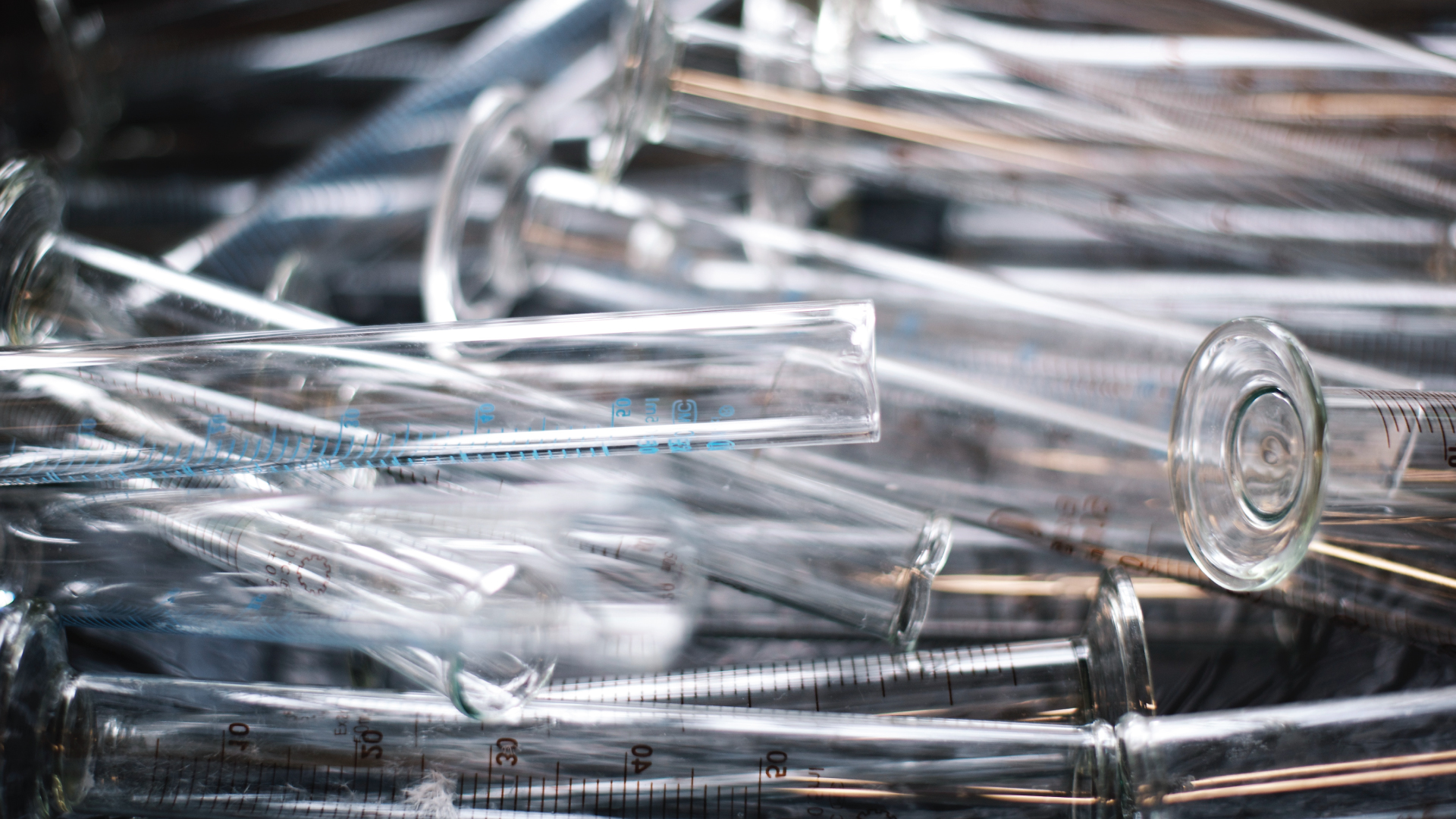Welcome to the comments and discussion of the Young Adult Cancer Book Club! We are reading The Immortal Life of Henrietta Lacks by Rebecca Skloot! Catch up on Chapters 1-3, Chapters 4-6, Chapters 7-9, Chapters 10-12, and Chapters 13-15.
Let’s get started!
Chapter 16. “Spending Eternity in the Same Place.” 1999.
“We didn’t say words like cancer and we don’t tell stories on dead folks,” tells Cootie, Henrietta’s cousin. This chapter takes Rebecca to several of Henrietta’s family members. They talk about her, how the family doesn’t talk much about the dead, about the “white and black Lackses,” and the complicated relationships involving race, family, and death that have surrounded them all. Slavery brought the Lackes family together, Henrietta bound them together, and through her death, her family scramble to make sense of how Henrietta is gone while her cells remain.
– Mallory C
Chapter 17. Illegal, Immoral, and Deplorable. 1954-1966.
This chapter is about the history of the term “informed consent.” Although the title of the chapter describes it well, “informed consent” seemed to evolve in the reverse order: Deplorable, Immoral and Illegal.
Deplorable: Chester Southam “was a well-respected cancer researcher and Chief of Virology at Sloan Kettering Institute for Cancer Research” in the mid 1950s and 60s. Chester Southam had a hunch that cancer may have been caused by a virus in people with immune deficiencies. This man injected the HeLa cells into people without their knowledge to see if Henrietta’s cancer cells would cause cancer in others. Some patients already had cancer and weakened immune systems, while others were healthy test subjects.
He told cancer patients that he was trying to find a cure for cancer, and played on the guilt of healthy prison inmates emphasizing that it was their duty to right their wrongs.
Interestingly, the healthy inmates who developed tumors could fight off the cancer. Those with the weakened immune systems, however, had tumors that grew and were slow to go away. Some tumors grew and kept growing, and some metastasized.
Immoral: For years, Southam got away with this because he found a loophole: he was a researcher and not the patients’ doctor. But once he began to work at the Jewish Chronic Disease Hospital, Jewish doctors refused to inject their patients with HeLa, citing the Nuremberg Trials. After World War II, seven Nazi doctors were sentenced to death by conducting research on Jews without their consent. From the trials came the Nuremberg Code, stating that “voluntary consent of the human subject is [absolutely] essential.”
Illegal: In the U.S., the Nuremberg was only a moral code and not a law. The term “informed consent” first appeared in court documents in 1957, but only applied to doctors and their patients, not to researchers and their test subjects.
Hospital Board of Director William Hyman compared Southam’s research to Nazi research and took him to court. Crimes of researchers against humans, inmates, Jews, and children were exposed. Despite doctors who testified on Southam’s behalf saying his research was ethical at the time, the trial was a success. The case led to the “largest research oversight changes in the history of medicine”.
Afterthoughts, things to ponder and discuss:
• After the trial, Southam was elected president of the American Association of Cancer Research. Immoral? Definitely deplorable.
• Doctors and researchers DO NOT know it all. No wonder Henrietta and her family were wary of doctors and institutions. This reminds me of my own father’s aversion to doctors and authority figures. Go to the doctor? Go to therapy? Oh, hell no. He’d be risking his life!
• Our generation knows better. We have learned to question our doctors. They are human just like us and can make mistakes. We are skeptical and come into our appointments with lists of questions. We get second and third opinions. We bring a witness and we are our own advocates navigating the medical system. We have list serves, support groups, and the university of Google!
• After the systemic changes were made – cancer research thrived rather than suffered. It’s incredible to me how humans can be so resistant to change, or that our egos can get so big that we think there is no better way to do things than our own. This is evidence that we can have ethics and perform good science.
• As a science major, I am always surprised when I hear of doctors who are resistant to using ethics as a part of their methodology. Science for the sake of science? I don’t think so. Ethics was a required course for me!
• And lastly, I can’t believe that they have been trying to figure out the viral nature of cancer and its relation to our immune system for 60 years now! This leaves me frustrated, but I also understand as a cancer thriver how complex it all truly is.
– Christi N
Chapter 18. “Strangest Hybrid.” 1960-1966.
This chapter has been my favourite so far. Up to this point, I felt for Henrietta and her family. This segment solidified my relationship to this household of strangers, and added some new feelings, grateful and guilty to name a few. Henrietta Lacks unwillingly helped save my life. If you’re reading this, she probably helped extend yours too.
The chapter opens with discussion of cell culture in the early 1960s. Specifically, how it’d become increasingly easy for researchers to grow human cells in a lab, and how once “transformed” and turned cancerous, all cells acted exactly like HeLa. One researcher posited that perhaps the cells behaved this way because they were contaminated. Cell contamination could mean that years of cell-specific research was irrelevant. This lead to the creation of a federal cell bank to contain original cell cultures, and proper cell handling procedures to minimize contamination.
By this time, cell culture had been used to determine that smoking and x-rays both caused cancer, and researches were using HeLa and other cells to screen chemicals and plant extracts which would lead to some of today’s chemotherapy drugs, specifically Taxol and Vincristine. HeLa cells were also being fused with cells from other species, which allowed researchers to map genetic traits. This research was later used to create cancer treatments such as Herceptin. Because these discoveries were so new, media portrayed researchers as mad scientists, and fear of hybrid human-animal creatures began to create public concern.
Learning the bridge between HeLa cells and the creation of the Taxol chemotherapy that shrunk my tumor and allegedly saved my life was bittersweet. Until this point, I was just angry on behalf of Henrietta; for the violation of her rights, and the hardship her family faced, while scientists were raking in the financial gains. Learning the direct impact, she and this research had on my life left me feeling incredibly thankful to Henrietta Lacks and the scientists involved, yet hyperaware of my own privilege.
– Juliette K
—
Thanks for joining us for Chapters 16-18 of The Immortal Life of Henrietta Lacks by Rebecca Skloot! Join in next Monday for Chapters 19-21.
If you’re just joining us, here are some logistics:
We will talk about several chapters each Monday until the book is done (probably about three chapters since the book has so many). Then, we’ll use one more Monday to talk about general feelings from the book and anything else you’d like to discuss. Join in, in the comments every week! At the end, we’ll have a book club discussion via video chat! Also, there will probably be spoilers. Read along with us!
How are you enjoying our young adult cancer book club?











